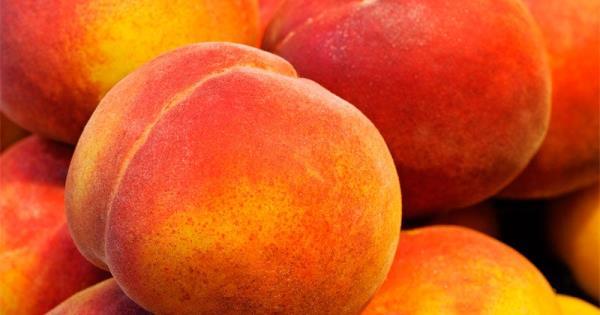How to manage medfly infestation in peach cultivation
VU
The Medfly is a globally recognized agricultural quarantine pest. It poses a significant threat to over 250 fruit species, including peaches, pears, apples, and guavas, among others. The larvae of this pest causes physical damage to the fruit pulp, leading to a considerable loss in the agricultural industry.
The Medfly's exceptional adaptability to different climates, short biological cycle, high reproductive potential, worldwide distribution, and polyphagy make it difficult to manage. It is able to affect more than 300 types of fruits and vegetables, rendering it unstoppable.
The Colombian Agricultural Institute (ICA) warns that small and medium-scale peach producers across the departments of Boyacá, Santander, and Norte de Santander are at high risk due to the Medfly's attack.
The ICA suggests that to control the pest, the proper collection and handling of fruits that may have larvae must be conducted. If this step is executed correctly, it can cut the pest's life cycle by preventing them from developing into the adult state, thereby reducing populations and attacks on crops.
Consequently, it is necessary to collect ripe, overripe, and blight-affected peaches from the trees and the ground, both in the vicinity and on nearby roads. The affected harvested fruits must be arranged using one of three options recommended by the ICA's Resolution 995 of 2019 for the management of the Mediterranean fly plague (scientifically known as Ceratitis capitata).
The first option is to store the collected fruit in black No. 4 caliber bags that do not have any perforations. The bags must be closed and left exposed to the sun for at least 20 days in a place inaccessible to domestic animals, taking into account the crop's climate. After 20 days, the contents of the bags can be spread on the ground for decomposition, covered with a layer containing 5 cm of lime and soil.
The second option is to bury the collected fruit in a pit and apply a layer of lime and earth. The fruits must be buried at least 30 cm from the surface.
The third option is to deposit the collected fruits in a pit and cover them completely with a fine mesh fabric.
By implementing recommended measures, producers can control the pest's population and minimize the damage caused by the Medfly infestation.
source: agronegocios.co





